Quick Fire® Hydrangea
$89.50 Original price was: $89.50.$62.65Current price is: $62.65.
- Free Shipping over $25
- Fast & reliable delivery options
- Enjoy top quality items for less
- Multiple safe payment methods

When you are looking for shrubs for your garden, “colorful, easy, and reliable” are always going to be the top criteria. For that you need to look no further than the panicle hydrangeas. These relatives of the mophead hydrangea have none of that plant’s limitations. Panicle hydrangeas are really cold-resistant, handling zone 3 with ease. They take more sun, and they grow well in drier soil too. They bloom late, when other shrubs are finished flowering, and they literally last for months, as the flowers turn from pristine white to shades of pinks and reds in the cooler nights. An outstanding variety, with profuse blooms and upright stems, is the Quick Fire® Hydrangea, whose huge conical flower heads turn wonderful shades of deep pink, brightening fall with lots of color.
Growing the Quick Fire® Hydrangea
Size and Appearance
The Quick Fire® Hydrangea is a fast-growing deciduous shrub, with a bold, upright flaring profile, sending long stems 6 to 8 feet into the air, and spreading just as wide. It can be grown as a multi-stem bush or with one or a few main trunks in a tree form. The broad oval leaves are about 6 inches long, with a sturdy, solid texture. The edges are deeply serrated, and they are mid-green, turning burgundy red in fall, and adding to the beauty of this plant in that season. Unlike many other panicle hydrangeas, this one doesn’t produce just a few stems – no, a bush has on average about 50 stems, almost all topped with a big flower spike.
The flowers of the Quick Fire® Hydrangea are carried in large conical clusters, which are 6 inches long and almost 6 inches wide at their base. These appear early, almost as soon as the stems lengthen in spring, and by late May or in June, depending on where you live, your bush will be in bloom. Each cluster contains a mixture of white, flat flowers mixed with smaller creamy flowers, and the heads have an open, airy look. They stand up well on the stem, unlike some heavier panicle hydrangeas that often flop and break. This profusion of flower heads lasts an incredible six months on the bush, staying white and cool all summer. As the cooler nights of fall arrive the blooms turn light pink and then, by October, they are a rich, dark pink, with no white left to see. At any time during the season you can cut some stems; with so many on the bush they won’t be missed. In a vase they will last a month indoors, or if you hang them upside down to dry, they will look great all winter long.
Using the Quick Fire® Hydrangea in Your Garden
This plant makes a wonderful specimen on a smaller lawn area, or in a bed beside a patio. Plant them as an informal hedge in your garden or plant a row along a path or driveway – set them back at least 3 feet so they don’t block the way and space them 7 or 8 feet apart. They make wonderful middle or back plants for shrub beds of all sizes, and one can even be grown in a large tub or half-barrel.
Hardiness
Unlike mophead hydrangeas, the Quick Fire® Hydrangea is hardy all through zone 3, yet it can be grown in areas as warm as zone 8. This super-tough plant thrives almost everywhere across the country, with no problems at all.
Sun Exposure and Soil Conditions
Grow the Quick Fire® Hydrangea in full sun in cooler zones, and with afternoon shade in warmer ones. It will grow in light full shade too, certainly in warmer areas, and even in cooler ones, although its vigor may be reduced. It will grow in most types of soil, from sand to clay, it just needs to be well-drained. Adding some compost or rotted manure when planting, and as mulch, will give more vigorous growth, but this tough plant needs very little to thrive. It needs moderate levels of moisture, and it tolerates short periods of drought once it is well-established. If you should see the leaves drooping, soak it well and it will bounce right back.
Pruning and Maintenance
The Quick Fire® Hydrangea is normally not troubled by any pests or diseases, and it just needs a once-a-year trimming to always look great. Prune in spring, by cutting back all the stems that grew in the previous year. If you just take a few inches off them, you will get smaller flower heads, but more of them. If you cut back about half of the length you will get larger flowers, but fewer. If you cut back to leave just a few inches of last year’s growth, you will get the largest possible flower heads, but the fewest. Prune according to your wishes, and how large you want the plant to be. New stems will grow about 3 feet each year. You can also keep it as a lower, spreading bush by pruning closer to the ground, or you can leave just one, two or three main trunks, and have a taller bush. Lots of choices, so you can train and fit this plant into many garden situations.
History and Origins of the Quick Fire® Hydrangea
The panicle hydrangea, Hydrangea paniculata, is a shrub native to China and Japan, which can grow into a small tree as much as 20 feet tall, although it is usually smaller. In the 1870s the form we know as the PG Hydrangea was introduced from Japan to America. Since then that old favorite has been improved greatly, and in 1991 Rein Bulk, a grower in Boskoop, the Netherlands, looked at a batch of seedlings of panicle hydrangeas he had been growing and spotting something special. Much bushier than the others, early blooming, and with strong stems, this plant also had wonderful rich-pink fall coloring. He named it ‘Bulk’ and patented it in the US in 2006. It was registered as Quick Fire® by Spring Meadow Nursery, Inc. from Michigan and released as part of their popular and reliable Proven Winners® range.
Buying the Quick Fire® Hydrangea at The Tree Center
You are going to love this great plant, in bloom for 6 months of the year, as it goes through its paces in your garden. If you only know the floppy old PG, you will be amazed. It might look like it needs a master gardener to get results like this, but no, it’s very easy for anyone to grow this plant. Order yours now, because our stock of this top favorite will soon be gone.
Be the first to review “Quick Fire® Hydrangea” Cancel reply
Related products
Rhododendron
Knock Out® Roses
Butterfly Bush
Butterfly Bush
Boxwood Shrubs
Lilacs
Knock Out® Roses
Boxwood Shrubs



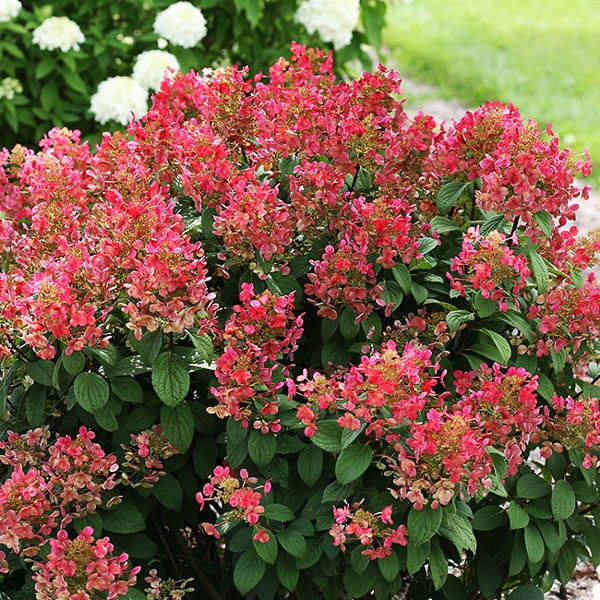
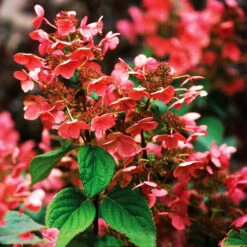
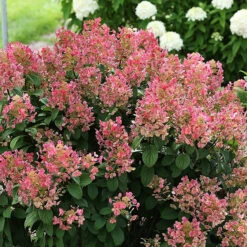

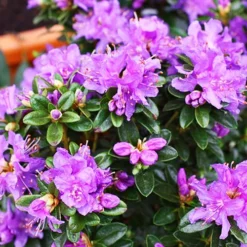
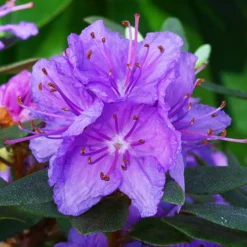
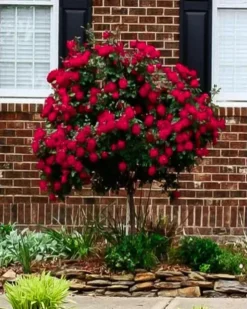


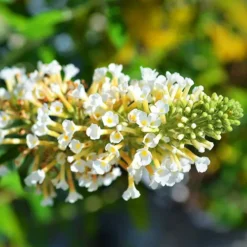

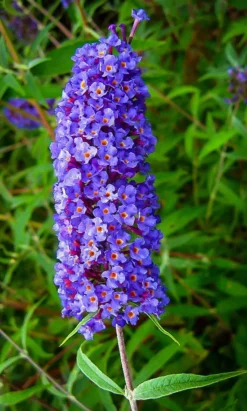
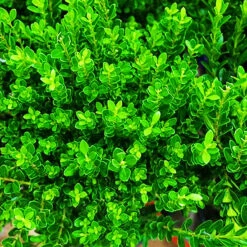


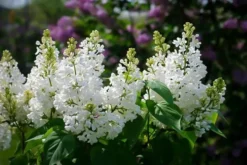

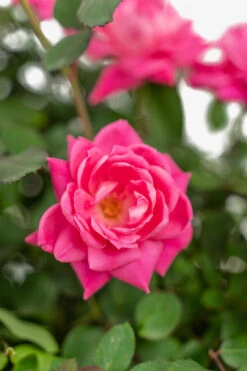


Reviews
There are no reviews yet.